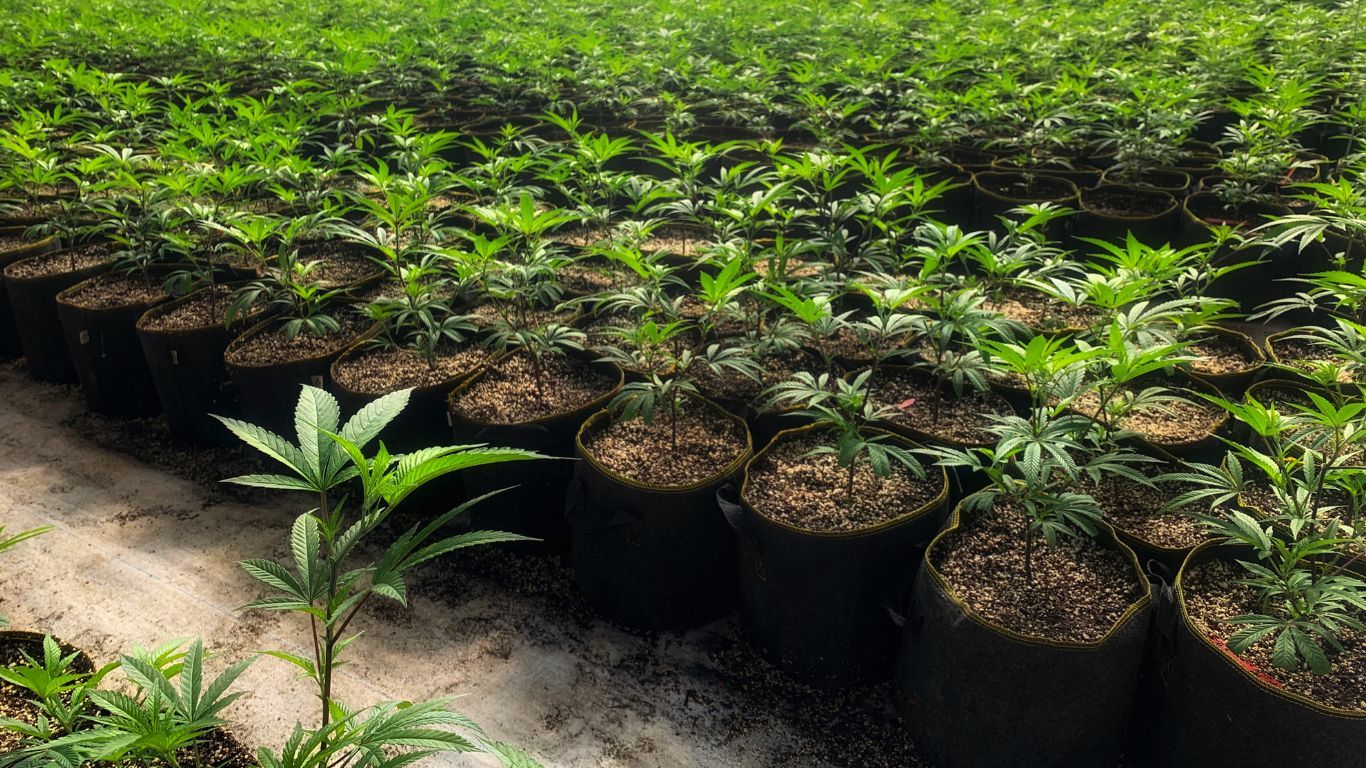
Researchers in Canada and the US are trying to teach your smartphone to know when you’re high.
A new study recently shared online sought to see if artificial intelligence could be used to monitor cannabis intoxication in a more immediate way than other impairment-testing methods.
Researchers collected data from 33 people’s personal smartphone sensors and a Fitbit to monitor their heart rate, step counts, and sleep quality for up to thirty days, collecting information on their cannabis use (if at all), as well as other aspects of their mood, location, and activities.
About one quarter (24 percent) of participants reported using cannabis daily, 9 percent reported use 5-6 times per week, and one third (66.7 percent) reported use 2-4 times per week.
By having the participants self-report their cannabis use, they hoped to correlate feedback from the Fitbit and smartphone with cannabis use. Sensors on the participants’ phones also provided information on their “micromovements,” such as how they held their phones, in order to measure their stability and coordination.
Since smoking cannabis has been shown to cause an increase in resting heart rate, researchers hope to better distinguish between someone being intoxicated vs simply having THC in their system, and potentially being able to warn someone they are too impaired to drive, for example.
The app collected data from the participants’ smartphones, which ran continuously in the background collecting information about their actions and behaviour, including conversations and background audio and lighting. Such features were only extracted from time intervals based on reported consumption to gain insight into the social setting of consumption.
The Fitbit was used to collect information on heart rate, sleep, and steps.
The app also allowed participants to enter reports of their cannabis use 15 minutes prior to smoking or vaping, and then later rate how high they feel on a scale of 1-10. They were also asked about how much they consumed and using what method, and to report when they then no longer felt high.
One of the goals of the study was simply to understand if such data collection is a viable way to measure cannabis use and intoxication. Although researchers acknowledge numerous challenges ensuring the user-reported data on cannabis use like the degree and length of high, they conclude the approach can be beneficial in “real world” settings.
Moving forward, they hope to refine their approach by improving the smartphone and Fitbit algorithms and collecting more complete data from larger sample sizes.











